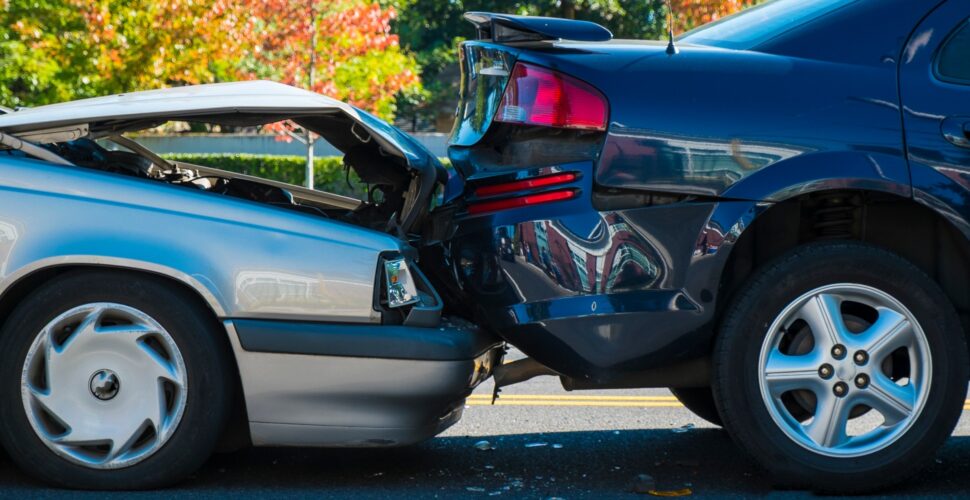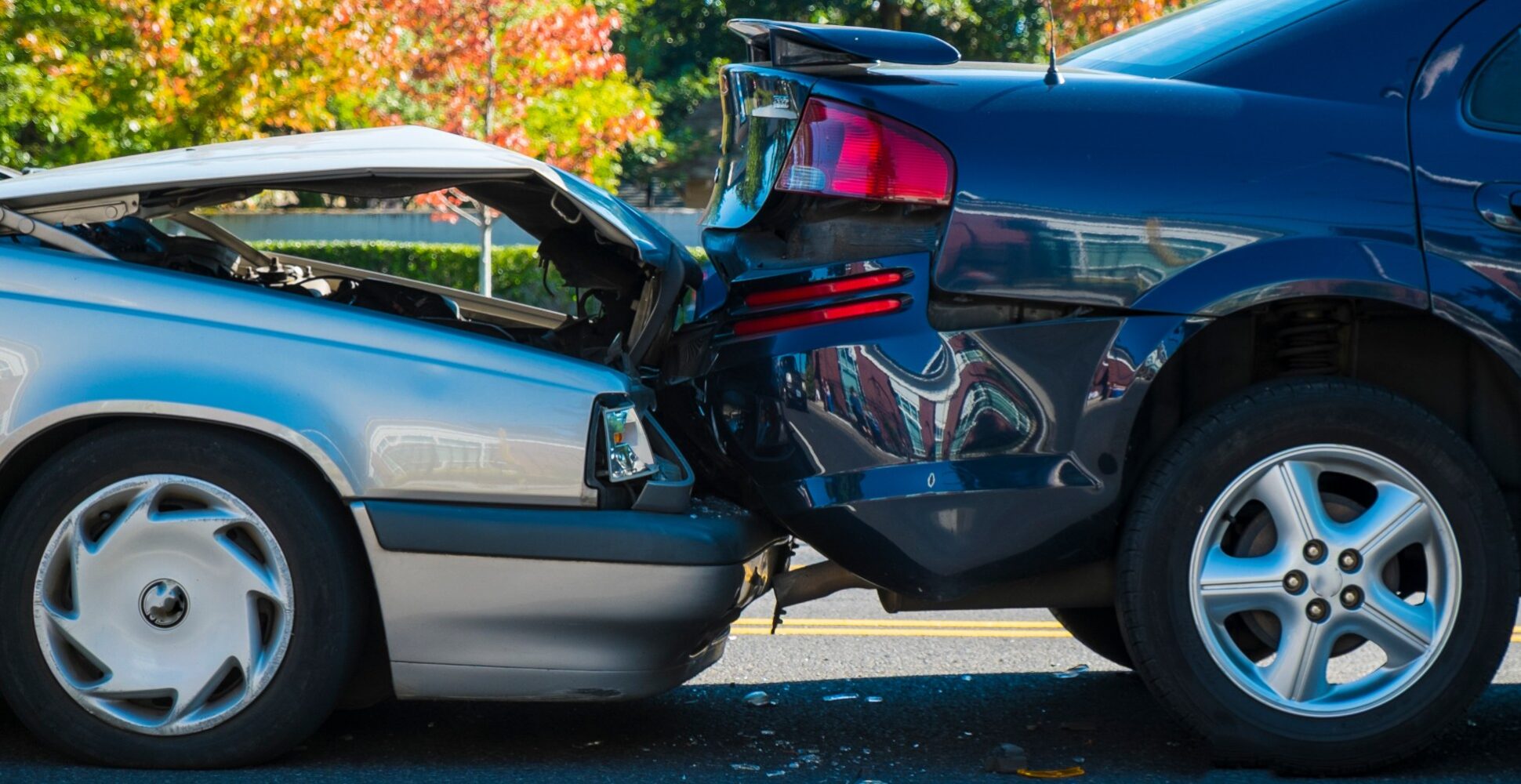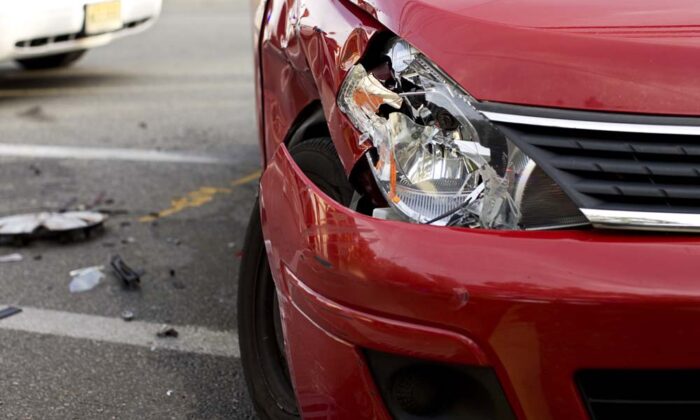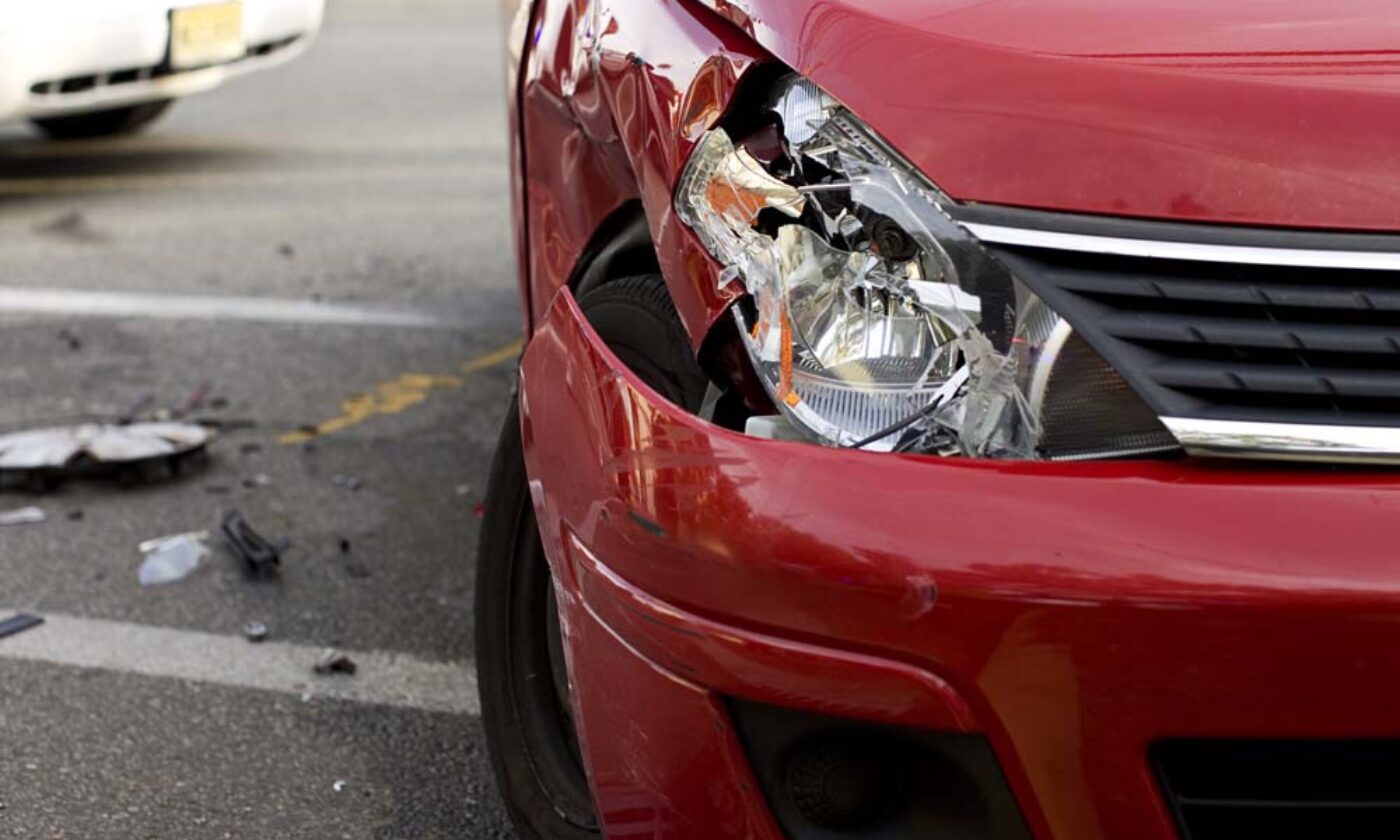Motor Vehicle Accidents
Head-on collisions: What you need to know


Despite years of safer road and vehicle design, lower speed limits, mandatory seat belts and child restraints, tougher drink and drug driving laws and many other proactive measures, motor vehicle accidents continue to occur at distressingly high levels, with the rate of hospitalised crash injuries continuing to rise.
While head-on collisions occur less frequently than other types of road incidents like rear-end collisions, they’re often characterised by high speeds, tremendous forces of impact, and injuries that are catastrophic.
If you or someone you care for is dealing with the aftermath of a head-on crash, it’s important to know what legal options are available to you.
What is a head-on collision?
A frontal or head-on collision occurs when vehicles driving in opposite directions collide front to front. Whether it’s cars, trucks or motorcycles, the type of vehicle does not matter.
They most commonly occur when one vehicle suddenly crosses the divide separating them from the oncoming traffic on the other side of the road.
A head-on crash is more likely in non-metro areas on open roads, though they also happen when in urban traffic when a vehicle is driven in the wrong direction (e.g. down a one-way street or freeway exit).
Common causes of head-on collisions
There can be many reasons and various contributing factors for a head-on collision. But what all head-on collisions have in common is a driver on the wrong side of a road – even if the degree of negligence does vary.
The most frequent causes include:
- Loss of control from excessive speeding
- Falling asleep and drifting across the centreline
- Not following instructions on road signs
- Driving under the influence of alcohol or drugs
- Distracted while driving by using a phone, eating or operating a GPS
- High-risk overtaking
- Challenging weather conditions such as rain or fog
- Entering a one-way street from the wrong direction
- Mechanical reasons such as brake failure or a power steering outage
- Swerving to avoid an animal or debris on the road
The specialist team at LHD work to determine the cause of an accident and the legal liability based on all available evidence.
How to determine who’s at fault in a head-on car collision
In most scenarios, the person travelling in the wrong direction is at fault, their driving is the cause, and they are therefore legally liable.
One typical head-on collision example could feature a sleep-deprived driver on a 4-lane regional road who’s having micro-sleeps, then begins to drift over the lane markers. Eventually, because the driver continues in their drowsy state, they drift so far to the right that their car enters the lane of oncoming traffic.
Or, in an urban scenario, a confused driver in an unfamiliar area does not see an important street sign. They accidentally turn down a one-way street in the wrong direction and crash into oncoming traffic before they can recover from their error.
There are, of course, exceptions to this default view of fault, cause and liability. Vehicles travelling in the same direction who side-swipe or otherwise come into contact can send one or more of them careening into oncoming traffic. In such a case, the fault for the head-on crash would be assigned to the vehicle that bumped into the others first.
On rare occasions, no driver is found to be at fault at all. Examples might include:
- A driver having a sudden and unexpected medical episode
- A car’s tyre fails
- A vehicle has a manufacturing or design defect that affects the steering
- A roadway is poorly or improperly constructed
- A road sign indicating the proper direction of traffic has been removed
Many times, a driver knows they are at fault and will admit they caused the front-end collision. Other times, drivers and passengers will have different recollections of what happened or will lie. And sometimes, the impact is so severe that neither driver can recall what happened.
If you’ve been affected by a head-on collision, reach out to us as soon as possible so that we can help build a strong, compelling claim for you while you recover from the accident.
Example of a recent head-on collision payout we have won for our client
Our client was a front seat passenger in a vehicle being driven on country roads in Bridgetown, Western Australia when the driver lost control of the vehicle and collided with another vehicle head-on. Our client sustained serious life-threatening injuries requiring hospitalisation for 39 days. LHD Lawyers negotiated a settlement of $675,000.
Explore more recent wins and car accident compensation payout case studies.
Make a Motor Vehicle Accident claim today
LHD Lawyers help everyday Australians receive the benefits they are entitled to for Motor Vehicle Accident claims. We are so sure of our abilities to win your case that we stand firmly by our No Win No Fee Policy: if we don’t win, you don’t pay. Call 1800 455 725 for a no-obligation consultation about your case.
Author: Paul Singh
Original Publish Date: February 23, 2022
Last Updated: March 20, 2024

Check if you’re eligible or get free claim advice now



